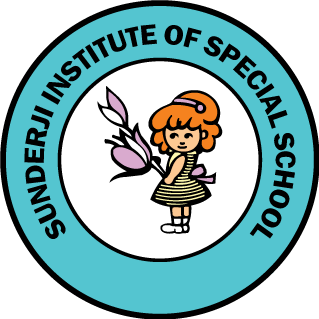Speech and Communication Therapy: Unlocking Potential in Special Needs Education
For children with special needs, the journey of learning and development can present unique challenges. Among the most crucial areas for growth are speech and communication. The ability to express oneself, understand others, and engage with the world is fundamental to a child’s overall well-being, academic success, and social integration. This is where Speech and Communication Therapy plays a truly transformative role, acting as a key to unlock the full potential of students in Special Needs Education.
More Than Just Talking: What is Speech and Communication Therapy?
Often, when people hear “Speech Therapy,” they might primarily think of helping children pronounce words correctly. While articulation is certainly a part of it, Speech and Communication Therapy (also known as Speech-Language Pathology) is a much broader and more comprehensive field. It addresses a wide range of communication disorders, including:
- Articulation and Phonological Disorders: Difficulty producing specific sounds or patterns of sounds.
- Language Disorders: Challenges with understanding (receptive language) or using (expressive language) spoken or written language.
- Fluency Disorders: Stuttering or cluttering that affects the flow and rhythm of speech.
- Voice Disorders: Problems with pitch, loudness, or quality of the voice.
- Social Communication (Pragmatic) Disorders: Difficulties with social rules of communication.
- Augmentative and Alternative Communication (AAC): Non-verbal tools for communication like picture boards or devices.
- Feeding and Swallowing Disorders (Dysphagia): Issues with eating and drinking that can affect communication.
Why Is It Crucial in Special Needs Education?
Children with special needs, such as those with Autism Spectrum Disorder, Down Syndrome, Cerebral Palsy, learning disabilities, or hearing impairments, often experience co-occurring communication challenges. Effective Speech and Communication Therapy offers numerous benefits:
- Enhanced Academic Performance: Supports understanding classroom instructions and participating in learning.
- Improved Social Interaction and Relationships: Helps children connect with peers and interpret social cues.
- Increased Self-Esteem and Confidence: Empowers children to express their needs and build confidence.
- Reduced Frustration and Challenging Behaviors: Minimizes emotional outbursts by enabling better communication.
- Preparation for Life Beyond School: Equips children for independence and community integration.
The Therapeutic Process: A Collaborative Approach
Speech and Communication Therapy in Special Needs Education is typically a highly individualized process. It begins with a comprehensive assessment to identify specific strengths and areas of need. Therapists then develop tailored intervention plans using evidence-based strategies and techniques.
Crucially, it’s a collaborative effort involving speech-language pathologists, educators, parents, and other support professionals. This holistic approach ensures that communication strategies are consistently reinforced across different environments, maximizing the child’s progress.
Looking Ahead: A Brighter Future
Speech and Communication Therapy is not a quick fix, but a sustained investment in a child’s future. It requires patience, dedication, and a deep understanding of each child’s unique abilities and challenges. However, the rewards are immeasurable. By unlocking their communication potential, we empower children with special needs to not only find their voice but to thrive, connect, and fully participate in the world around them. It’s a journey of discovery, growth, and ultimately, the realization of a brighter, more inclusive future.
Conclusion
Speech and communication therapy is not just a support — it is a gateway to potential. When we invest in helping every child find their unique way of communicating, we are investing in their confidence, independence, and future.
Every word spoken, gesture made, or expression understood is a step toward inclusion, dignity, and belonging. Let’s continue to unlock voices, one child at a time.
